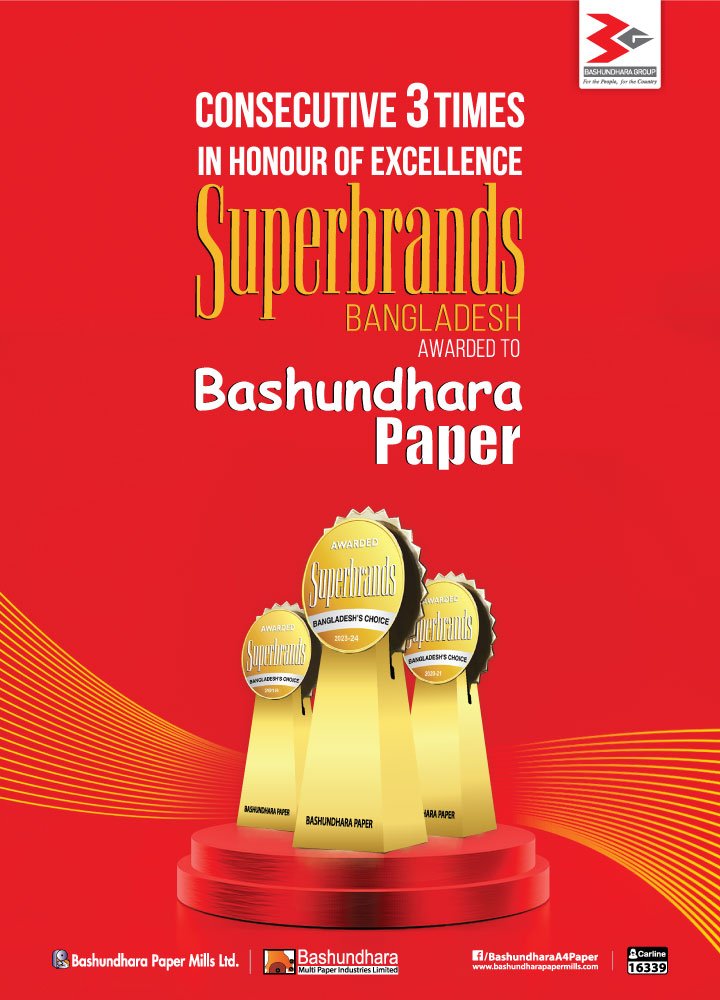Cow Dung Paint Manufacturing Business

The religious value of cow dung in our nation makes the cow dung paint manufacturing business a good option. As we all comprehend, India is a religious country in which animals and birds, as well as numerous gods and goddesses, are worshipped. In this case, the cow is in the lead. In India, the cow has been elevated to the position of mother. The cow is a family ng are important not only from a cultural standpoint but also from a scientific standpoint.
Cow’s milk is extremely beneficial to one’s health. but some people used to avoid animal husbandry because of the issue of cow dung. In the meantime, a few other people used it and absolutely adored milk cows and ended up leaving cows that did not give milk to roam around the streets. However, the popularity of cow dung has grown to the point where people are raising cows solely for the purpose of producing cow dung.
Natural Paint Business from Eco-friendly Cow DungPaint
Cow dung is used to encase and wash the ground and walls due to its antibacterial properties.However, today we will tell you about a product produced from cow dung that is both natural
and profitable. The said product is an organic cow dung paint produced from cow dung that has been seeing a wide range of business potential.
Khadi Natural Eco Friendly Paint
Cow dung paint is a creative, eco-friendly, and cost-effective item influenced by the ancient practice of coating the floors and ceilings of houses with cow dung. Besides scientific studies having to treat cow dung, this ancient tradition is modified into Emulsion Paint. The Khadi Commission created this creative paint with the intention of increasing farmers’ earnings,
attempting to create sustainable livelihoods through transition and providing the highest paint to the public at large at an affordable price.
Benefits of Vedic Cow Dung Paint
Cow dung Paint, or Khadi Natural Eco Friendly Paint, varies from other paints on the market and provides some benefits (Cow Dung paint vs.Others paint) Here’s
a side-by-side comparison between these two paints. Antibacterial: It has antibacterial effects because of the natural paint’s antibacterial properties. However, other paints in the business are not of this level of Quality.
Antifungal: Organic paint can prevent fungus, whereas other paints could be susceptible to fungus.
Environmental Support: Cow dung is the primary component of organic paint; it is environmentally friendly. Other paints contain the hazardous chemical.
Heat Insulation: Natural paint has a much higher heat resistance than other paints.
Odourless: Cow dung paint has no unpleasant smell of any kind. Another, on the other hand, has a foul smell. Toxic-free: Cow dung paint contains no toxic ingredients. Other paints, on the other hand, contain hazardous toxic chemicals such as Xylene, Ethyl Acetate, Glycol, and Methylene Chloride.
Release from Heavy Metal: Cow dung paint contains no heavy elements. In other paints, heavy elements are used Benefits of Cow Dung:
• It is affluent in natural nutritious elements, such as vitamins, minerals, lignin, mucus, cellulose, hemicellulose, oxygen, nitrogen, potassium, and carbon.
• Consists of many helpful microbes, such as Bacillus, Lactobacillus, Candida, Saccharomyces, Streptococcus, and so on.
• Acts as the energy source for cooking food, especially in rural areas. Biogas or gobar gas plants can work significantly as an energy source. Plus, cow dung also helps produce methane gas, to further generate electricity.
• Works as the best fertilizer for agriculture.
• It has antibacterial and antifungal benefits and also helps in destroying microbes present in the air.
• It is environmentally friendly, cost-effective, and supports human health and wellness.
• Its fiber-rich content is used to manufacture papers.
• Among the several benefits that cow dung offers to nature, people, and processes, an emerging perk is the cow dung paint manufacturing process
Raw Material Used:
Here are some of the following raw materials used in making Cow Dung Paint:
• Cow Dung
• Color Tint/pigment
• Thickening Substance
• Binding Agent Or Binder
• Other Additives
The procedure for Making Cow Dung Paint:
The following describes the method used to produce this cow dung paint-
• First and foremost, the cow dung has been finely refined. A refiner machine is utilized for this refining, which is accomplished by combining water and cow dung.
• Bleaching is required to turn these liquids white. This procedure employs sodium hydroxide and hydrogen peroxide. This method converts cow dung liquid to Carboxymethylcellulose (CMC). This CMC is essential for every paint manufacturing business.
• After that, cold lime (calcium carbonate) is added to the liquid. Its whiteness is enhanced by the addition of titanium dioxide.
• After that, a binder is added to tie all of theseelements together. As a result, the major white distemper Cow dung paint is ready to use.
• Plastic emulsion paint is also another form of paint. Linseed oil is mixed in with all of these ingredients. The solution is then diluted with a whitener. When we combine this with distemper paint, we get plastic emulsion paint. It has a huge amount of sparkle.
• If you want to make distemper paint, you would need 20% cow dung in this procedure. It implies that 20 kg of cow dung is used in every 100 kg of distemper paint.
• Likewise, emulsion paint requires 30% cow dung. That seems to be, if 100 litres of paint are to be produced, 30 kg of cow dung will be needed. Emulsion paint is sold in litres, while distemper paint is sold in kilograms.
• The last step is to fill the captivated paint bucket with the completed paint using a twin shaft machine, a pug meal, and a bead meal. The packed paint buckets are weighed, filled, and delivered to the market for sale.



















